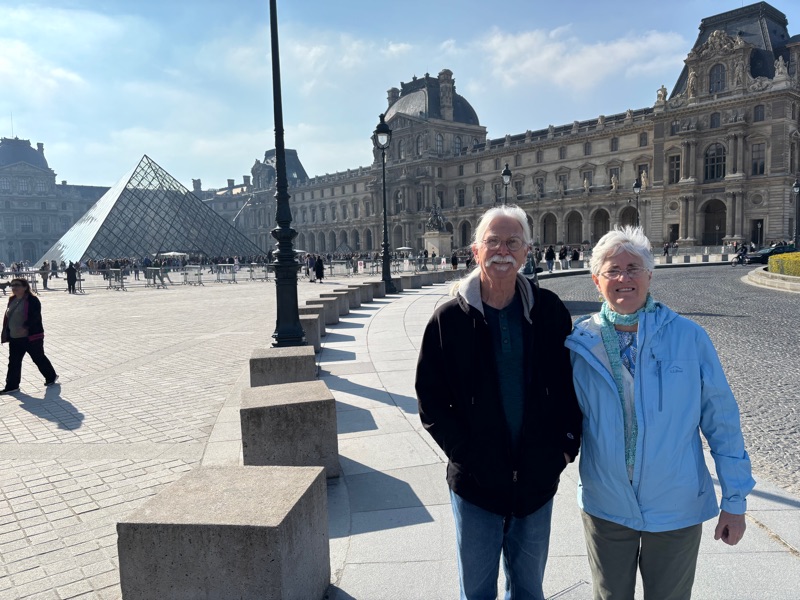
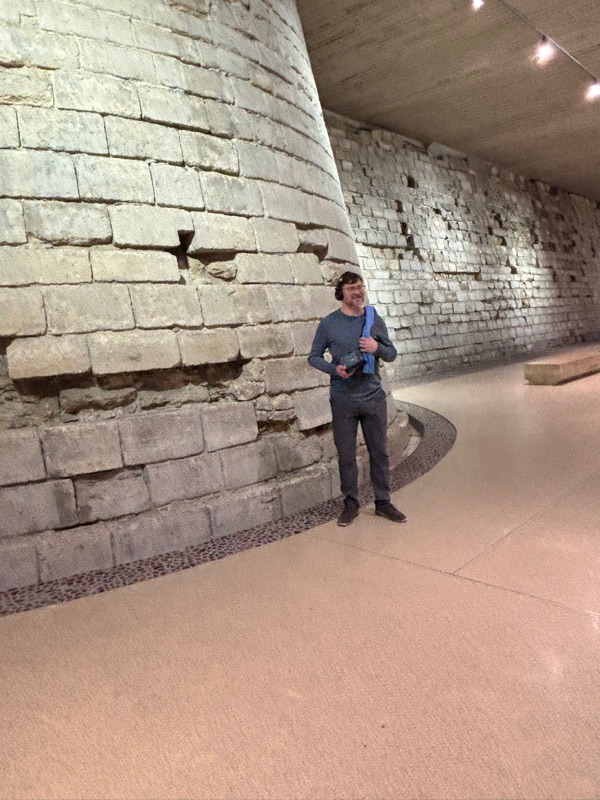
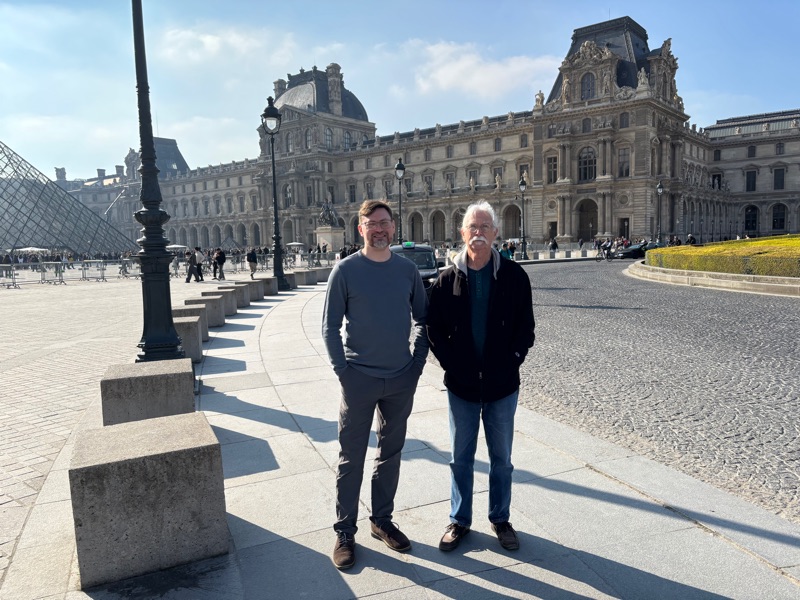
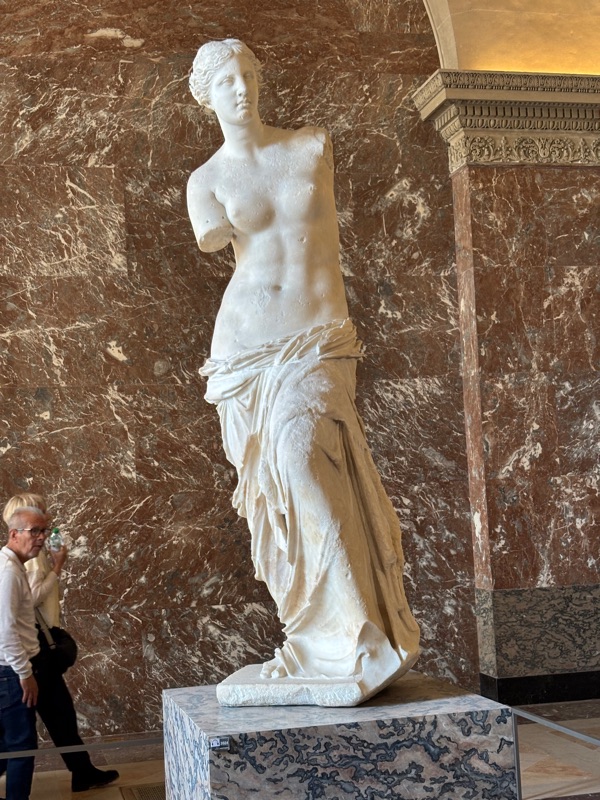
Yes, that is the actual.
The day began with a pastry and delicious cafe au lait from a little shop near our apartment. Then a Metro ride and waiting in line to get into the museum. The size of it is unbelievable, and the amount of art is just breathtaking! And we were surprised by the crowds of people. Saw a lot of Greek and Roman statues and they were just awe inspiring. What a surprise when we came upon the Venus de Milo!
The museum was built on old Roman stone walls- Chris is standing by them.
We wandered around a lot- you will get lost even with maps. Actual rooms in a reconstructed Napoleon III apartment were decadent beyond belief - gold, many chandeliers, ornate furniture and ornamentation everywhere. Rubens’ large paintings in another area were very complex.
After 4 hours or walking we were tired, so we rested in the enormous park outside the museum, then found a little cafe for dinner, a glass of wine, and some conversation.
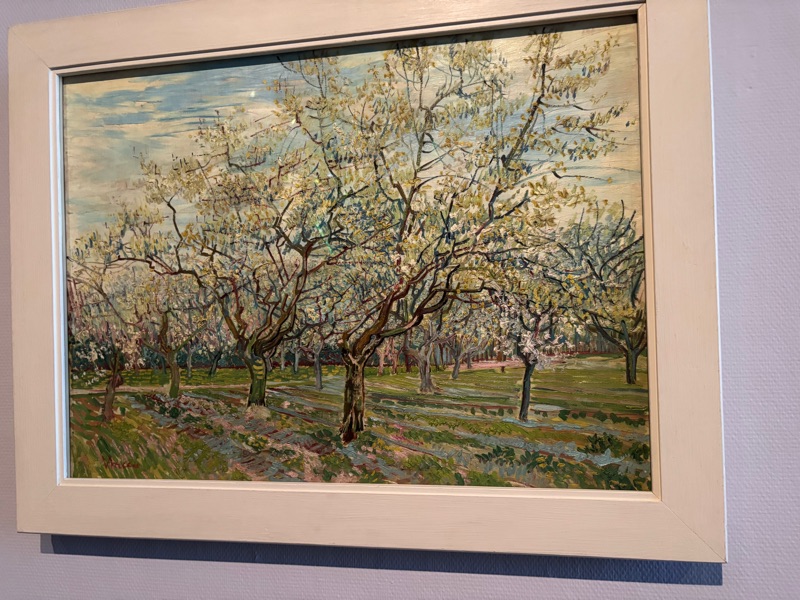

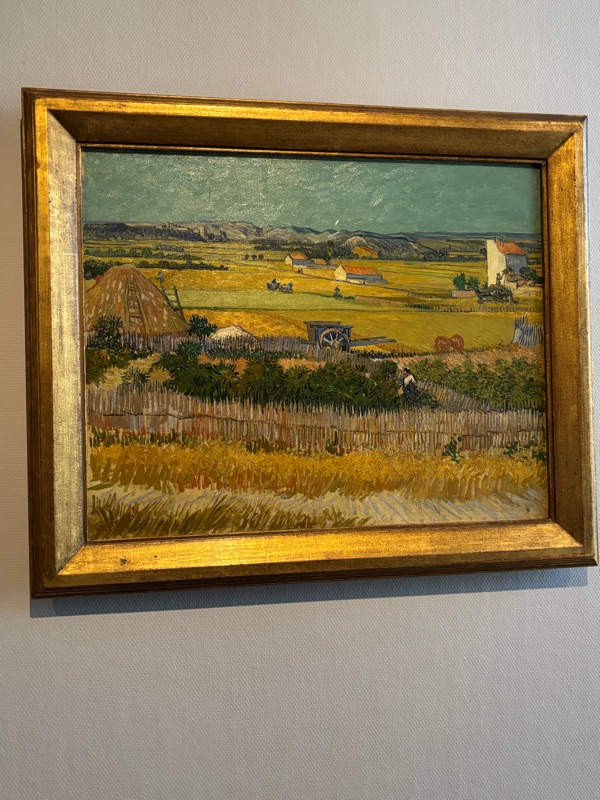
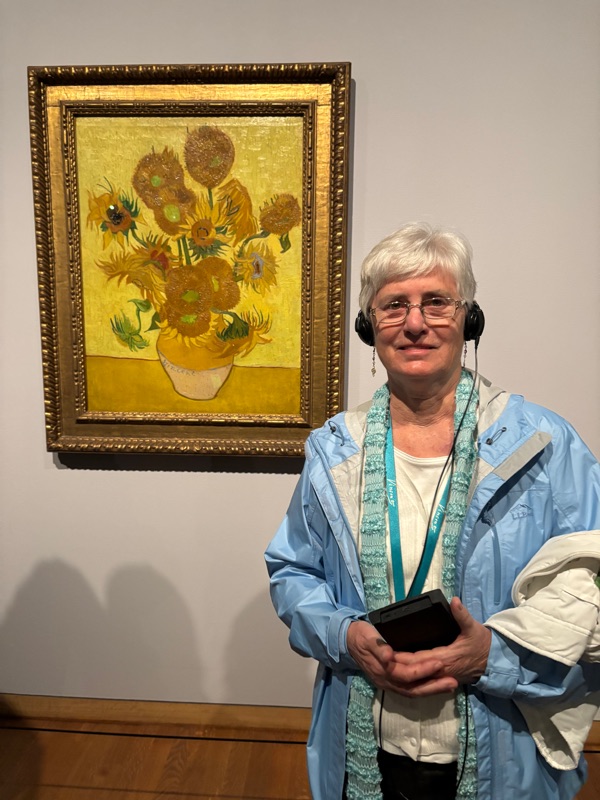 We spent the morning in the van Gogh Museum! It was breathtaking!!! Although we have long admired his work, we didn’t really know much about his development as an artist. Seeing the museum was one of Roger‘s main reasons for wanting to visit Amsterdam in the first place, and boy, was he in heaven! It’s almost impossible to choose favorites. They’re all so wonderful, but here’s a few samplings of what we saw.
We spent the morning in the van Gogh Museum! It was breathtaking!!! Although we have long admired his work, we didn’t really know much about his development as an artist. Seeing the museum was one of Roger‘s main reasons for wanting to visit Amsterdam in the first place, and boy, was he in heaven! It’s almost impossible to choose favorites. They’re all so wonderful, but here’s a few samplings of what we saw.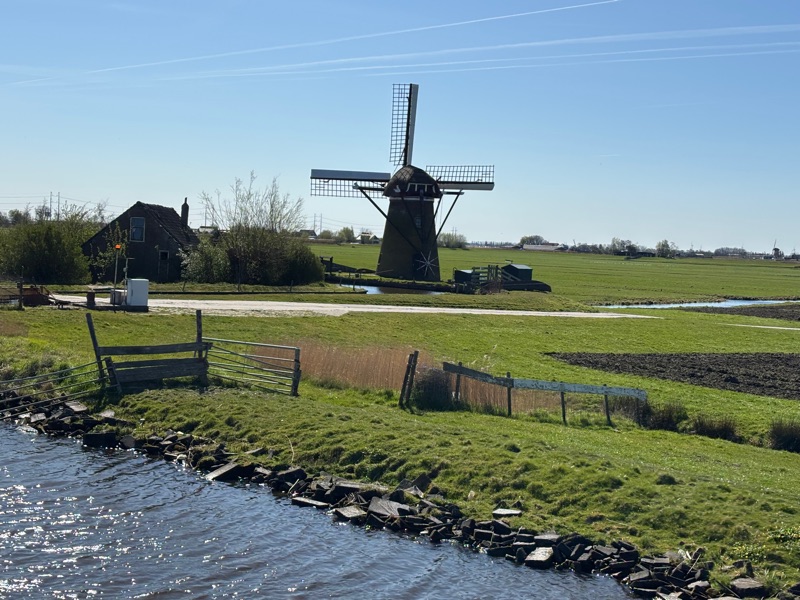
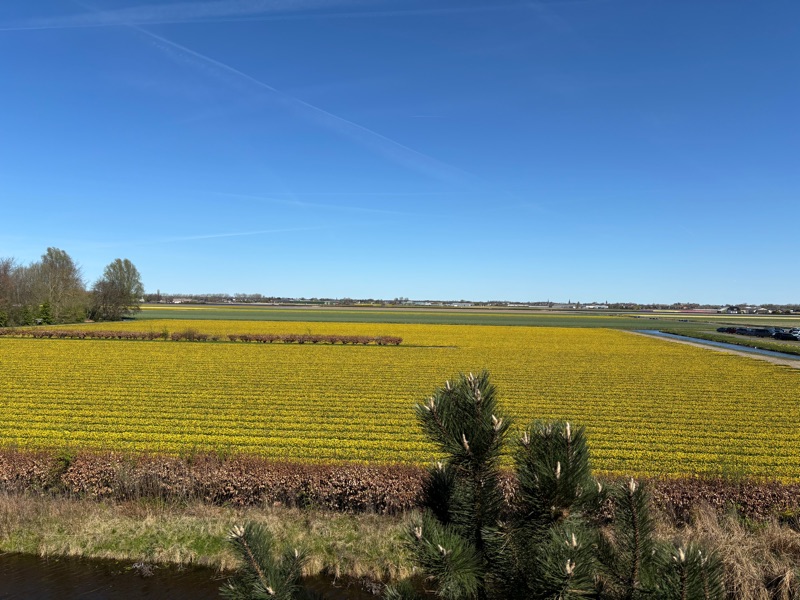

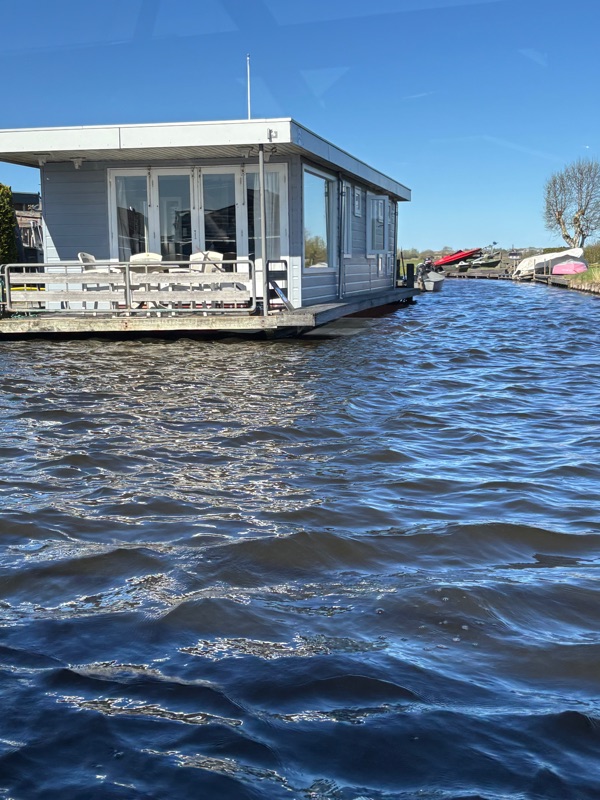
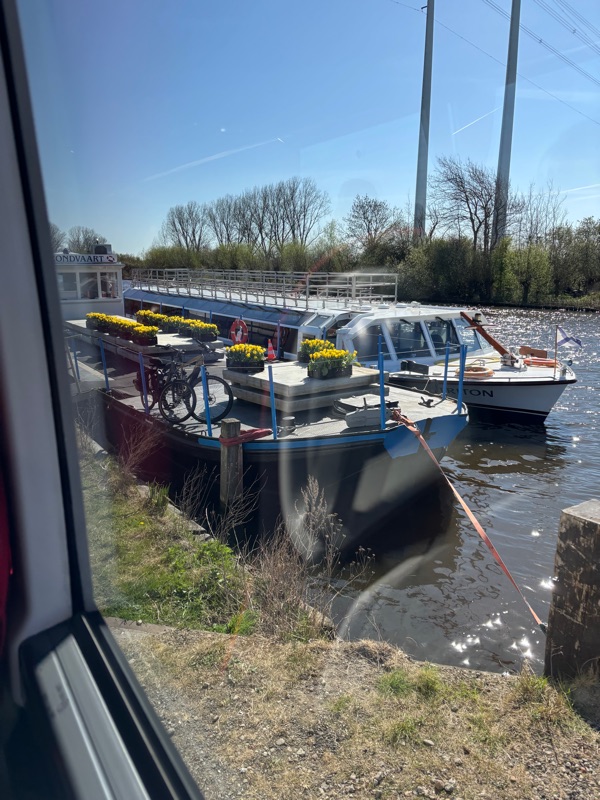 Our day started with a cruise on the canals, looking at fields of flowers, farms, and windmills. The canals are below sea level, and the windmills provide electricity to pump the water. There was lots of waterfowl in the canal and numerous houseboats. It was a real education in the ingenuity of the people to keep the city safe and make the land usable. we’re met a nice couple from New York and enjoyed our conversation with them.
Our day started with a cruise on the canals, looking at fields of flowers, farms, and windmills. The canals are below sea level, and the windmills provide electricity to pump the water. There was lots of waterfowl in the canal and numerous houseboats. It was a real education in the ingenuity of the people to keep the city safe and make the land usable. we’re met a nice couple from New York and enjoyed our conversation with them.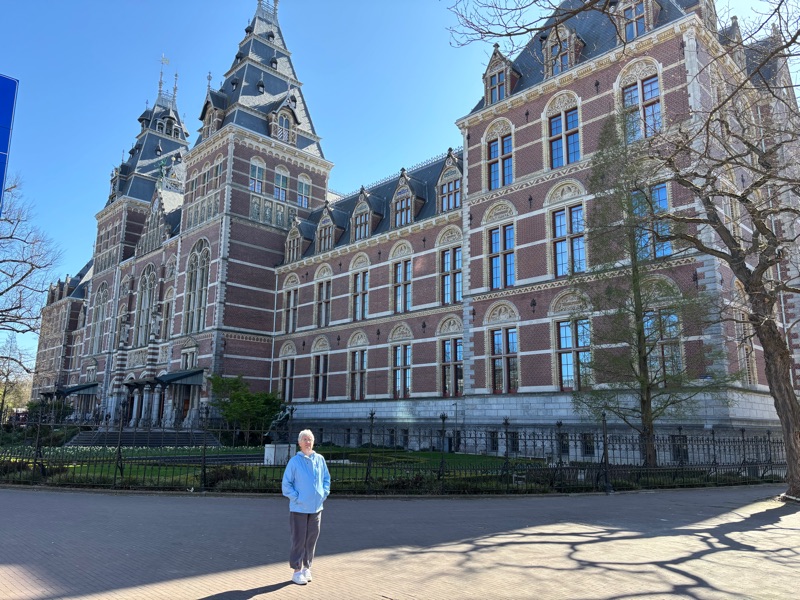

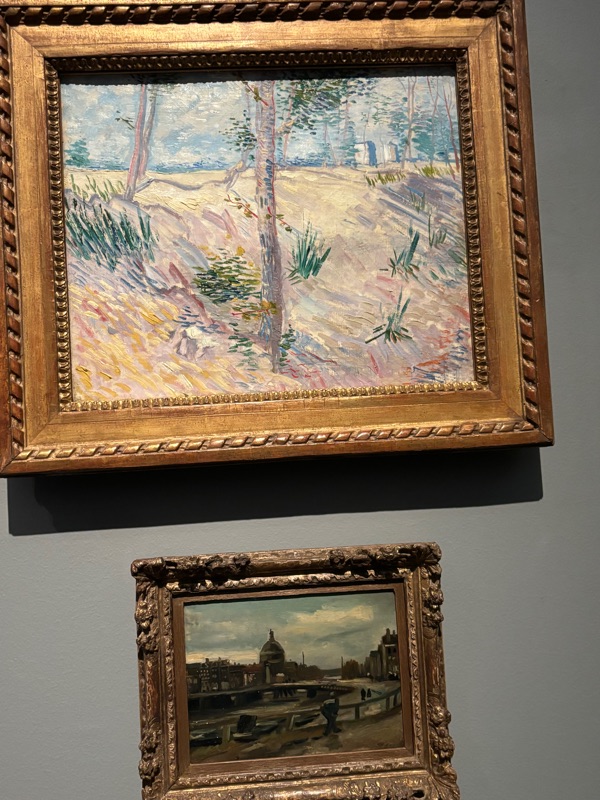

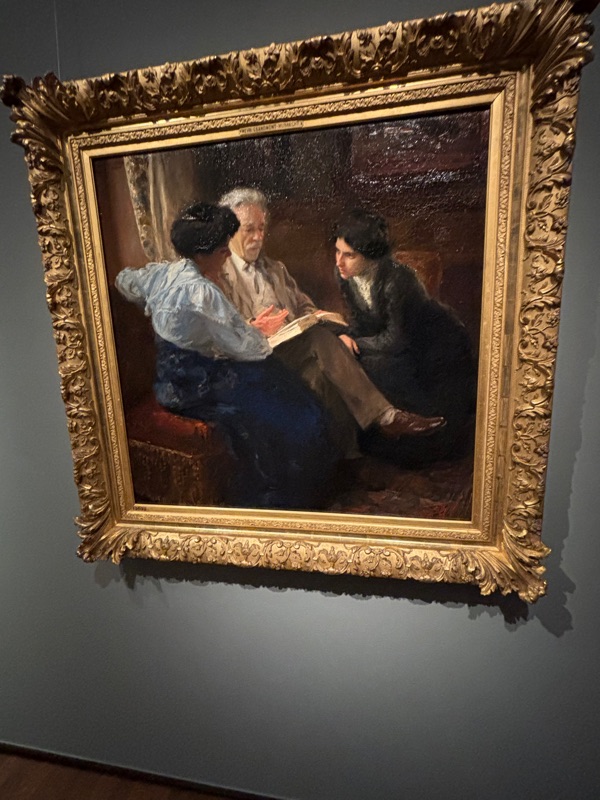

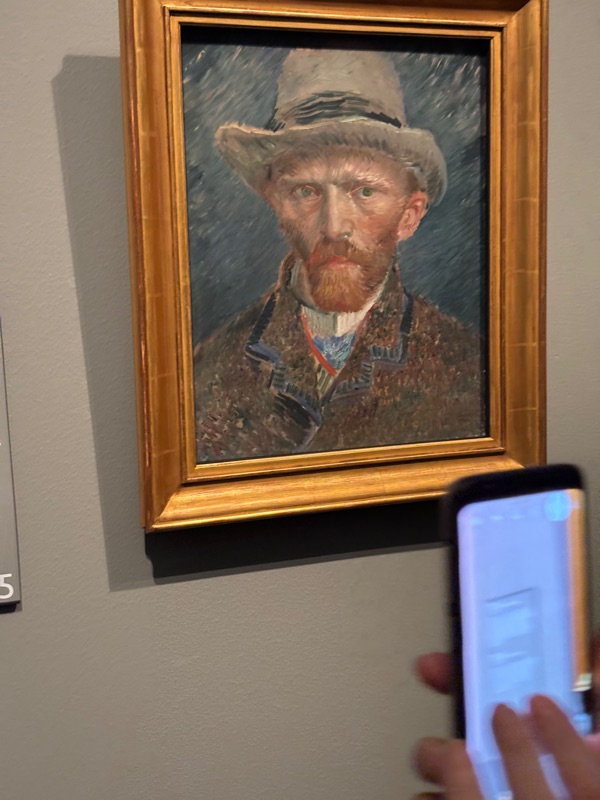
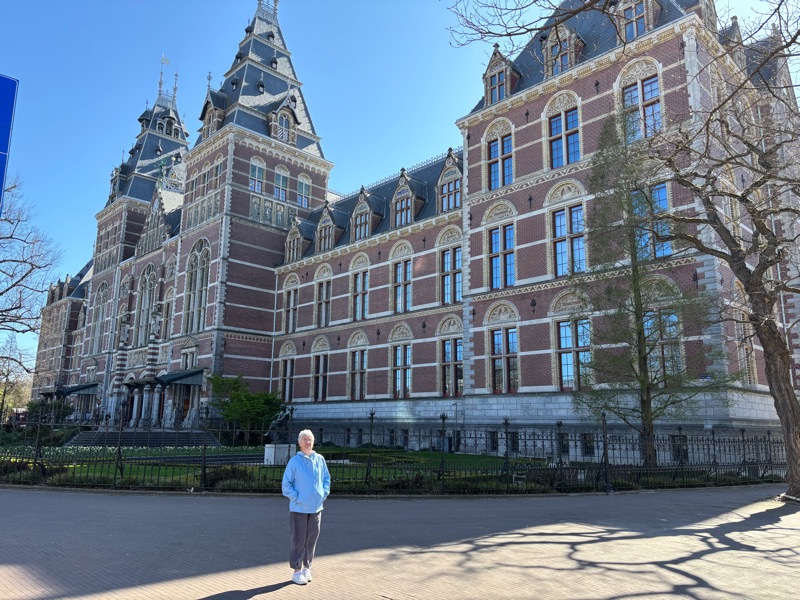
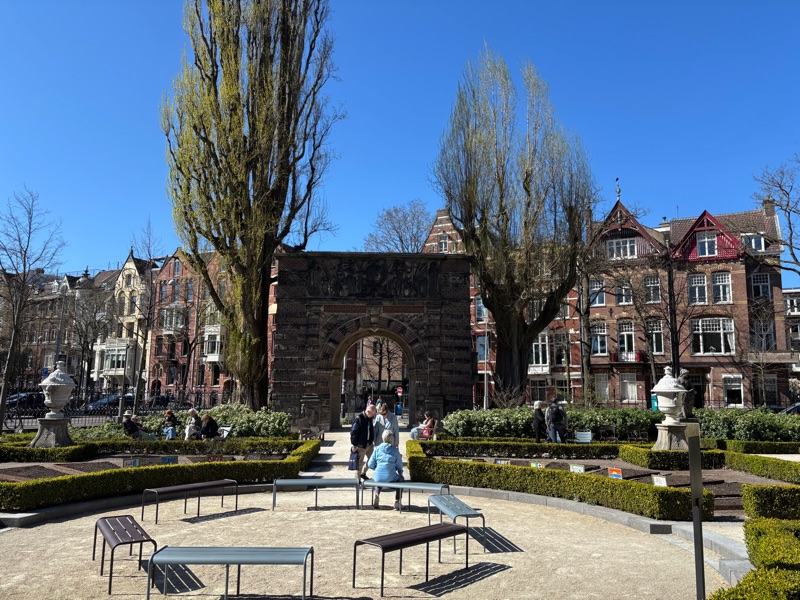
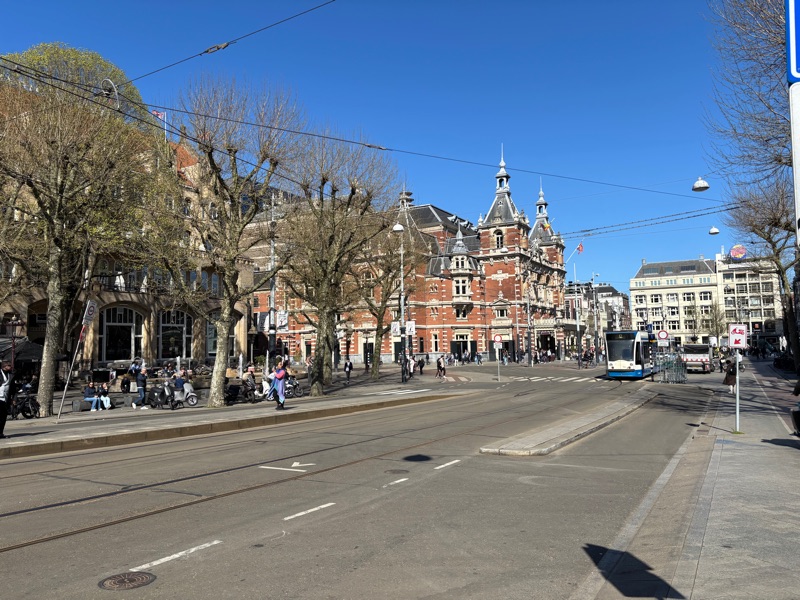
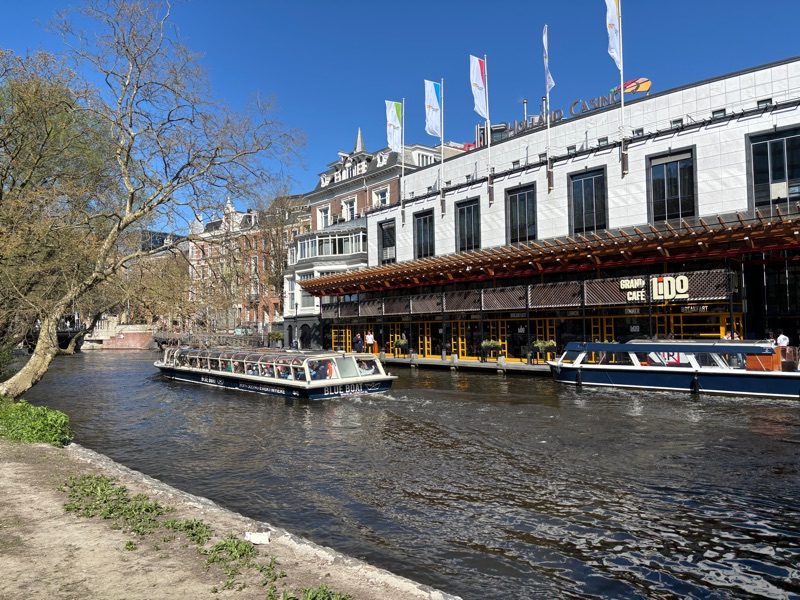
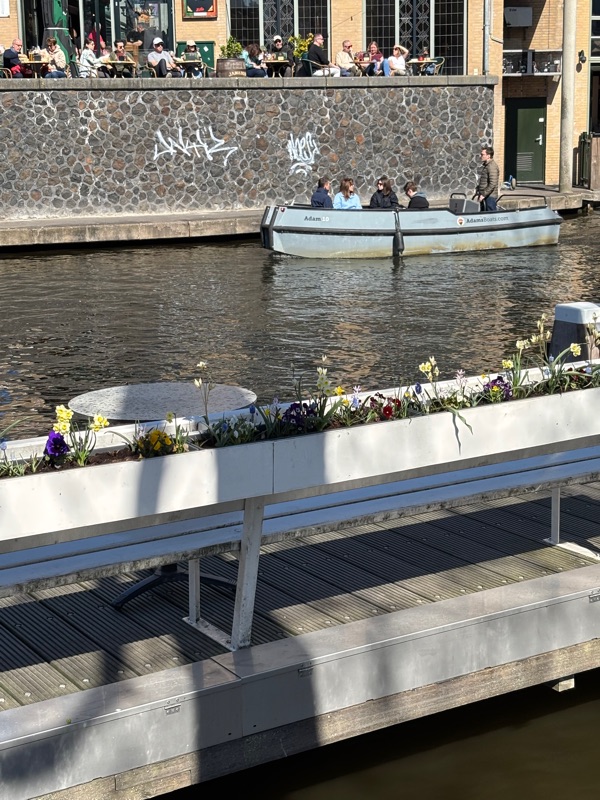
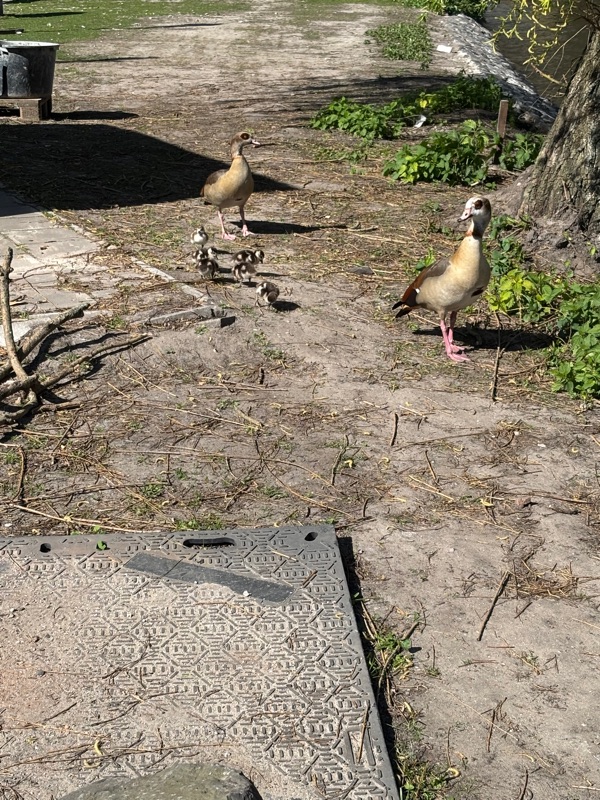
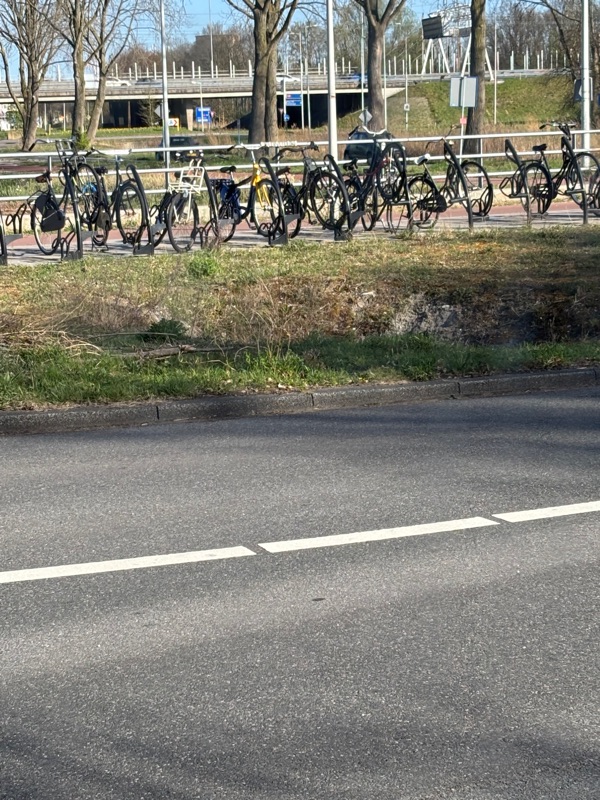
 The plane rides went smoothly. We rode an enormous airbus from Atlanta to Amsterdam- that was an experience. We saw an enormous wind farm as we neared the airport. We were amazed and delighted. This picture only shows part of it.
The plane rides went smoothly. We rode an enormous airbus from Atlanta to Amsterdam- that was an experience. We saw an enormous wind farm as we neared the airport. We were amazed and delighted. This picture only shows part of it.